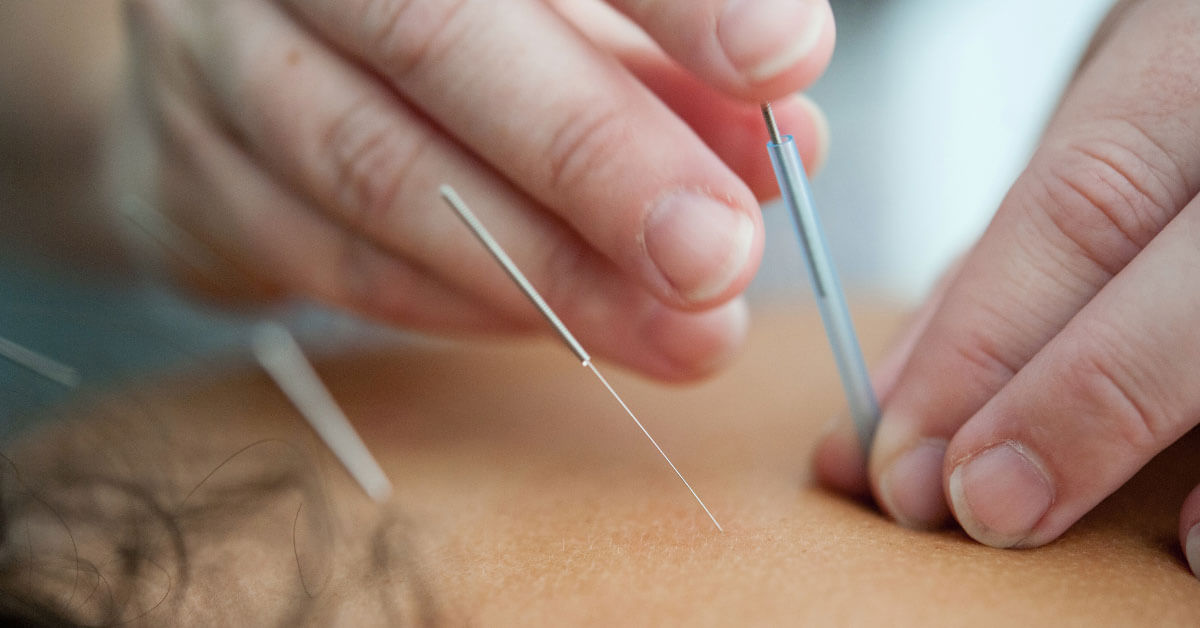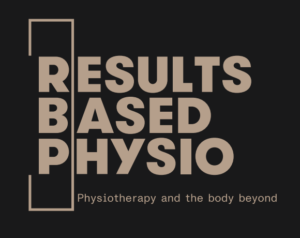A professional inserts needles into a patient’s body. The needles don’t contain any liquid to inject, but they help various symptoms and diseases, including lower back pain, headaches, and osteoarthritis. What treatment is this?
If you said acupuncture, you are correct! If you said dry needling, you’re also correct!
Dry needling and acupuncture share many characteristics and treat many of the same symptoms. But there is a difference between dry needling and acupuncture.
Below, we’ll outline the different goals of these two practices, the benefits, and the side effects. With this information, you can select which would be better for treating your symptoms.
What Is Dry Needling?
Dry needling has a much shorter history compared to acupuncture. The practice started in the 1940s, but it didn’t gain traction until the most recent decades.
Dry needling uses filiform needles. These needles are short, stainless steel, and very thin. With such thin needles, people usually report that the pain caused by the needles is often minimal. But note that this will depend on your sensitivity.
Dry needling is a practice based on western medicine. The goal of dry needling is to target the trigger points in your body. These trigger points hold tension and cause you pain. By targeting the trigger points, a physical therapist stimulate these points and release the tension.
How Dry Needling Works
Dry needling calls for inserting needles into the skin for just a short time. The exact amount of time will depend on your level of pain and your practitioner’s techniques.
The length of time is one difference between dry needling and acupuncture. Unlike with acupuncture, which is more extensive, dry needling can last for just a few seconds to several minutes. For extreme pain, expect closer to 10 minutes, but this is rarer.
Based on your pain, your physical therapist will determine the trigger points to target. There are two ways that dry needling works to heal your trigger points.
- Stimulation of local twitch response. This response is an involuntary twitching caused by your spinal cord. By stimulating points with needles and increasing blood flow, the responses reduce the pain. Think of this like untying a knot.
- Muscle regeneration. By creating a small lesion to your trigger point, your body needs to heal this spot. Within 7-10 days, your body will have healed this spot better than it was before!
Benefits of Dry Needling
Some of the most common benefits of dry needling include:
- Relieve pain
- Reduce muscular stiffness
- Improve flexibility
- Increase range of motion
Most often, physical therapists perform this procedure for sports injury, muscular pain, and fibromyalgia.
Although this is a newer course of treatment, there is research that shows evidence of these benefits. However, we are still discovering the extent of dry needling’s effects!
Possible Side Effects of Dry Needling
No treatment is without side effects. And dry needling is not an exception to the rule. There are some mild side effects, but a patient rarely experiences severe side effects.
The most common side effects are from the initial puncture point. They could include:
- Mild bleeding at the points of insertion
- Bruising
- Temporary soreness
But just like with acupuncture, there are more negative side effects if you do not visit a trusted professional. Sterilised needles and a practitioner’s extensive experience will keep you from any serious side effects.
What Is Acupuncture?
Acupuncture comes from traditional Chinese medicine. The history of the practice is one big difference between dry needling and acupuncture.
The premise of acupuncture is the ancient understanding of qi (chi) — the flow of energy in your body. Chinese practitioners believe that this energy flow can become blocked or unbalanced, and acupuncture can help release that flow.
In many respects, the experience for the patient is similar between dry needling and acupuncture. But there are a few differences in how acupuncture works.
How Acupuncture Works
Unlike dry needling, which targets trigger points, acupuncture is more of a full-body experience meant to improve your energy’s flow.
An acupuncturist will insert and manipulate the needles, sometimes at the trigger point and other times far from the pain point. This process could involve moving them, warming them, or applying electrical pulses. The needles remain inserted for a while as the patient relaxes into the sensations.
Benefits of Acupuncture
Because acupuncture is a practice with a history of over 2,500 years, there is far more research on this practice. However, there are still questions about its effectiveness.
Several studies show acupuncture is successful for treating chronic pains and ailments, including:
- Neck pain
- Low-back pain
- Knee pain
- Osteoarthritis
- Dental pain
- Menstrual cramps
- Recurring nausea
However, other studies conclude that it’s no more than a placebo effect. So the jury may still be out on the exact benefits of acupuncture, butthousands of Australians use acupuncture every year. Some experts vouch for acupuncture’s effectiveness with research to back up their claims.
Possible Side Effects of Acupuncture
Some side effects usually follow treatment but fade after a few hours. Side effects include:
- Fatigue
- Soreness
- Mild bruising at the site of needle insertion
- Dizziness
- Heightened emotions
Difference Between Dry Needling and Acupuncture — Which Is Right for You?
If you want to understand the difference between dry needling and acupuncture, it comes down to the goals. Are you looking to target points of muscle tension or looking for a holistic approach to restore a balanced flow of energy? Do you want needles quickly inserted, or would you prefer to sit and relax with the needles for a while?
If you suffer from chronic pain, either could be the right fit as they have similar benefits. But talking with your physical therapist can help you decide which would be more beneficial in treating your symptoms. Get in touch with us today for a chat.



